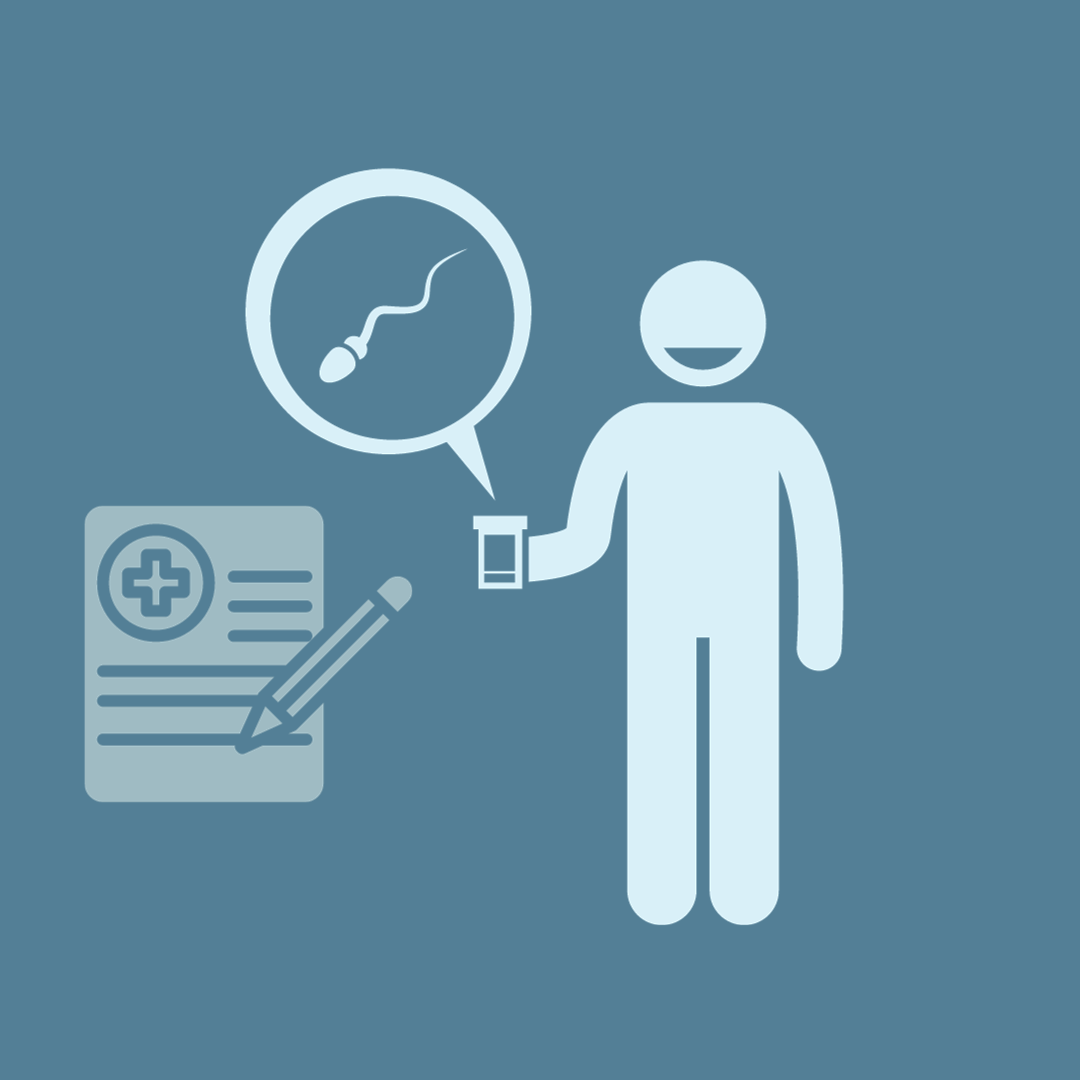Donor identifiability from birth: Findings of the Young Adults Study
By Sophie Zadeh,
PET
| 09. 02. 2024
Dr Sophie Zadeh presents an overview of the Young Adults Study which has garnered the views of donor conceived young adults on donor identifiability from birth...
In November 2023, the Human Fertilisation and Embryology Authority (HFEA) published a report and recommendations from its consultation (see BioNews 1185) on the main UK law governing fertility treatment and embryo research (the Human Fertilisation and Embryology Acts 1990 and 2008) (see BioNews 1216a and 1216b).
The scope of the consultation included the issue of access to donor information, and within that, the proposal that the Act be amended to incorporate a two-track system, offering 'parental and donor choice to opt for anonymity until age 18 (as now) or identifiable information on request after the birth of a child'. The HFEA's recommendation, post-consultation, is that all donors in the UK be identifiable to parents from the birth of their child.
The HFEA received 6803 responses to the consultation, and of the 955 patient and professional/patient respondents, eight percent – or 76 people – were donor-conceived adults. Responses to the...
Related Articles
By Katherine Long, Ben Foldy, and Lingling Wei, The Wall Street Journal | 12.13.2025
Inside a closed Los Angeles courtroom, something wasn’t right.
Clerks working for family court Judge Amy Pellman were reviewing routine surrogacy petitions when they spotted an unusual pattern: the same name, again and again.
A Chinese billionaire was seeking parental...
By Sarah A. Topol, The New York Times Magazine | 12.14.2025
The women in House 3 rarely had a chance to speak to the women in House 5, but when they did, the things they heard scared them. They didn’t actually know where House 5 was, only that it was huge...
By Sarah Kliff, The New York Times | 12.10.2025
Micah Nerio had known since his early 30s that he wanted to be a father, even if he did not have a partner. He spent a decade saving up to pursue surrogacy, an expensive process where he would create embryos...
By Carter Sherman, The Guardian | 12.08.2025
A huge defense policy bill, revealed by US lawmakers on Sunday, does not include a provision that would have provided broad healthcare coverage for in vitro fertilization (IVF) for active-duty members of the military, despite Donald Trump’s pledge...




